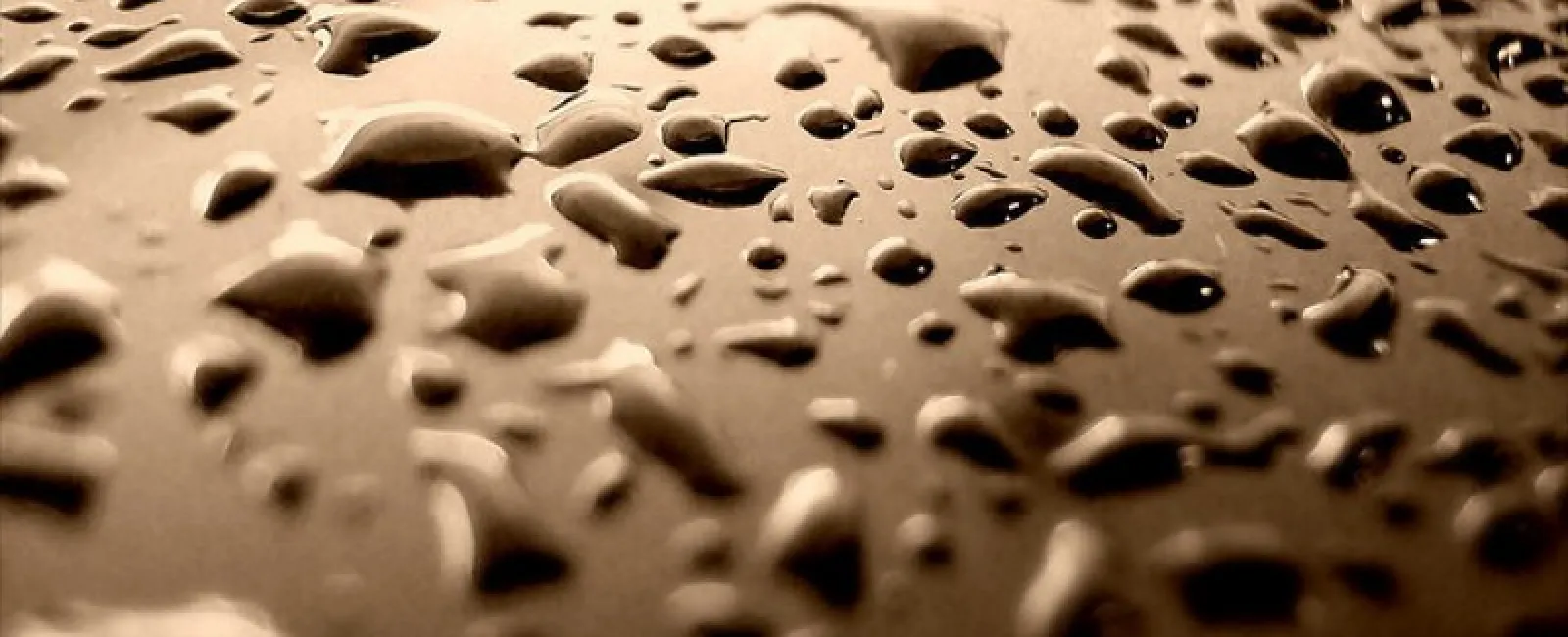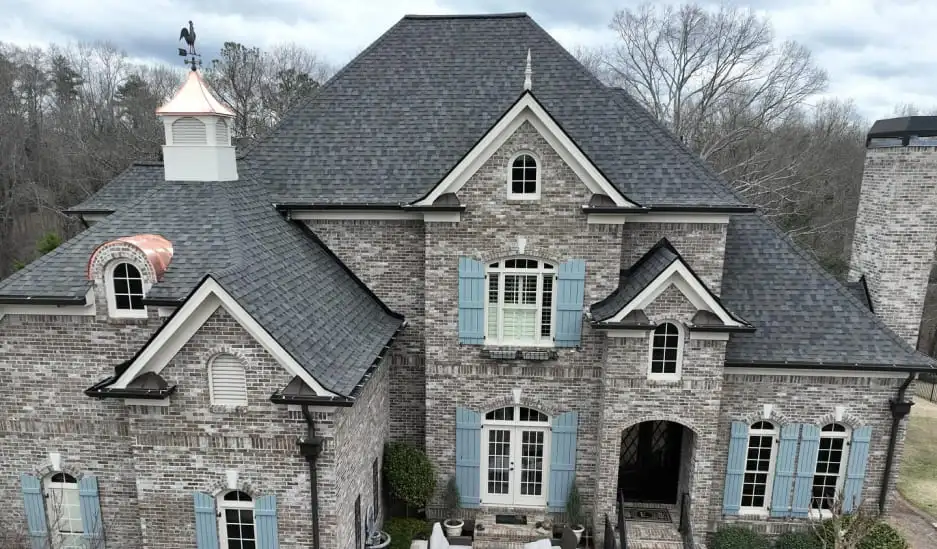Roof condensation, both externally and internally, can harm your roof and make associated problems even worse. Condensation issues may be more apparent as winter gives way to milder months in Georgia. Make sure you don’t have condensation problems by checking your rooftop and attic.
Condensation outside your roof
Condensation on the exterior of your roof is caused by falling rain and melting snow. Generally, long-term moisture on top of your roof is bad news. It provides a haven for mildew and encourage rot to set in, especially if the moisture finds a way to the felt layers beneath the outer roof materials.
The average rainfall that quickly dries out is no threat here. However frequent rainfall during certain climates or times of year may be more dangerous. Snow runoff that slowly melts over the course of days or weeks is also a major offender here, especially because it can be dangerous for slanted rooftops where most condensation would run off before it grows into a problem. Condensation on a flat rooftop, on the other hand, is a more common problem, because unless a flat roof is installed and maintained correctly, condensation can quickly turn into pooling water and start causing long-term damage.
Condensation may also be worsened by the presence of dirt buildup or moss, which can encourage water to linger for days after rainfall and lead to even more dirt or moss, building on the problem.
Condensation inside your roof
Condensation inside your roof (against roof insulation, on your rafters, etc.) is also a common problem, but one that people frequently don’t notice until damage is already done. This is more traditional condensation, caused by moisture in the air forming water droplets on available surfaces. This can cause mildew problems, weaken the roof supports and attract pests, among other problems.
This roof condensation is often caused by warm, humid air rising in a house and hitting a colder rooftop. It’s often seen as winter is moving into spring and the air is naturally more humid but the temperature outside is still cold. When the hot air hits the cold roof, condensation occurs, pulling the moisture out of the air and onto wood, insulation or sealing layers, creating bad news for your attic area.
Internal condensation can be jump started – or made much worse – by a leaking rooftop. This creates a new source of moisture by allowing external water to seep into the attic, usually when membranes and other protective layers breaks and allow seepage. This also is also most noticeable as winter transitions into spring, when melting ice reveals new cracks and rain showers take advantage of them.
An inspection of your roof or attic can help spot these problems and their specific causes. While a cursory look can easily spot condensation issues in your attic or on your roof, if you think you have an issue then call in a professional to get an experienced opinion and details on what is going wrong.



